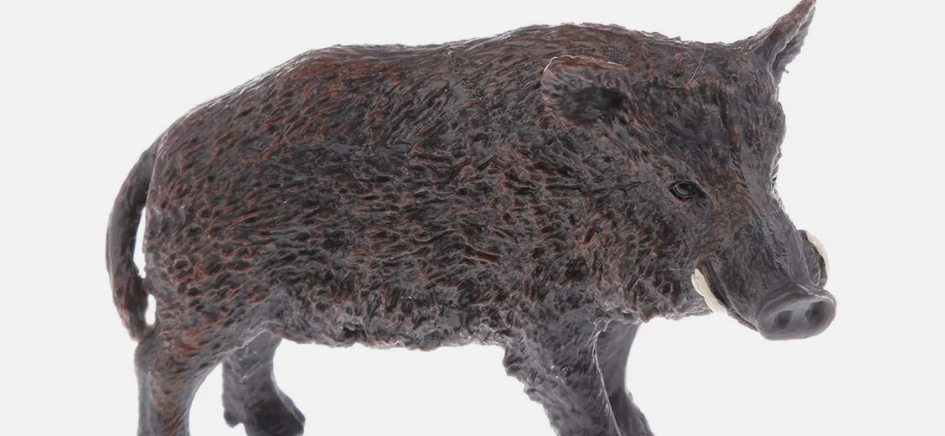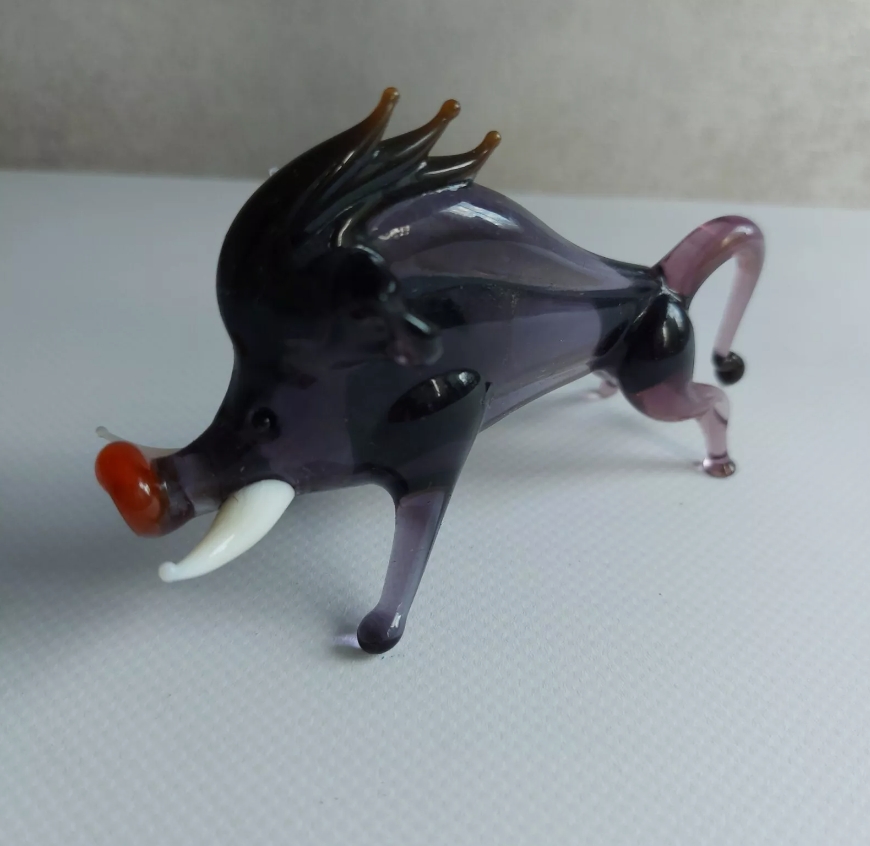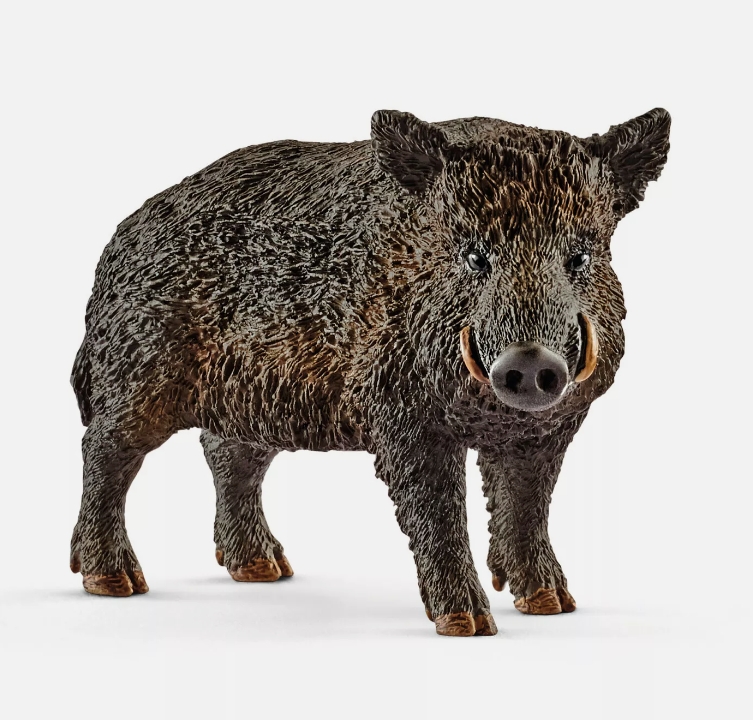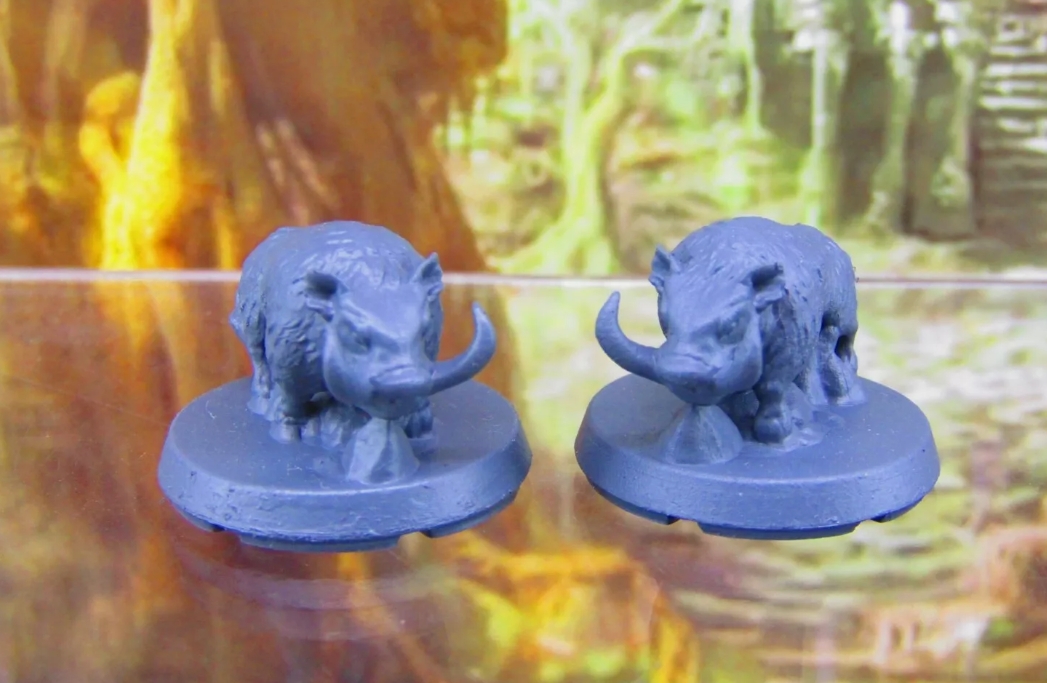The boar model is an important tool widely used in ecology and forest management research. By simulating wild boar population dynamics and their ecological behavior, researchers can gain a deeper understanding of the species' role in a particular ecosystem and develop management strategies accordingly.
The model typically considers several variables, including the availability of food resources, habitat quality, the impact of predators, and human activities. These factors have a significant impact on the survival and reproduction of wild boar. Through quantitative analysis, these variables can help researchers predict population growth, distribution, and migration patterns. Especially in some areas, the rapid increase of wild boar population may have a negative impact on the local ecology, so timely model analysis and result prediction become an important basis for management.
In addition, the boar model can simulate the interaction between the populations. For example, when the numbers of other animal populations change, the behavior of wild boars may change with them. By establishing such a multi-population interaction model, researchers can more fully understand the ecological network relationships among different species, thus providing a scientific basis for ecological restoration.
With the development of technology,many models can now be combined with remote sensing technology and geographic information systems to obtain more accurate data. This combination makes the simulation more realistic and improves the reliability of the results. At the same time,the development of computer technology has made it possible to handle more complex simulation scenarios,including environmental changes and the long-term effects of climate change on ecosystems.




